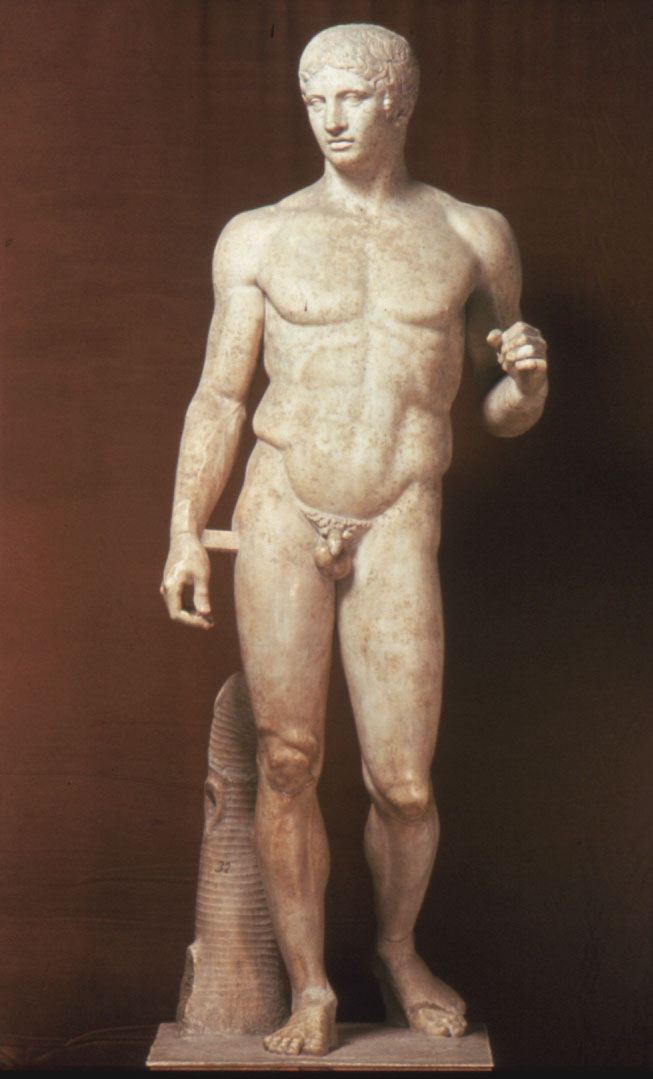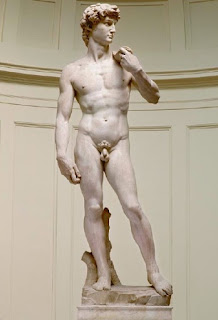Friday, October 30th, 2009
Goya Can Be Creepy
 Halloween is here and I can’t help but think of all the creepy, spooky art that exists. I think some of the creepiest art belongs to Goya’s “Black Paintings” series (1820-1823). These fourteen paintings were created during the period that Goya was recuperating from yellow fever. Some have interpreted these works as Goya’s response to constitutional freedom, but I think (along with many other art historians) there must have been a lot more personal, psychological motivations that inspired Goya’s work.1
Halloween is here and I can’t help but think of all the creepy, spooky art that exists. I think some of the creepiest art belongs to Goya’s “Black Paintings” series (1820-1823). These fourteen paintings were created during the period that Goya was recuperating from yellow fever. Some have interpreted these works as Goya’s response to constitutional freedom, but I think (along with many other art historians) there must have been a lot more personal, psychological motivations that inspired Goya’s work.1
Goya created the “Black Paintings” on the walls of his home, Quinta del Sordo (you can see a virtual tour here). Later, the paintings were transferred to canvas in the 1870s. The most famous painting in this series is Saturn Devouring His Children (shown above to the right). This painting refers to the classical story of Saturn, the king of the gods, who feared an prophecy which said that one of his children would overthrow him. In order to stop this from happening, Saturn ate each child upon birth (although you will notice that Saturn is eating an adult body in this painting). (You can read more of the mythological story here). With grim sarcasm, Goya painted Saturn Eating His Children on his dining room wall. Doesn’t it whet your appetite?
 Another creepy work from the “Black Paintings” series is Witches Sabbath (The Great He-Goat) (shown left). This painting shows a group of witches who have convened with the devil, who has assumed the form of a goat. Goya was obviously drawn to this subject matter, since he created a more light-hearted version of this subject earlier in 1789 (see here). I think the “Black Paintings” version is infinitely more spooky and ominous. I identify most with the figure of the little girl on the right, who seems resistant and apart from the frightening crowd.
Another creepy work from the “Black Paintings” series is Witches Sabbath (The Great He-Goat) (shown left). This painting shows a group of witches who have convened with the devil, who has assumed the form of a goat. Goya was obviously drawn to this subject matter, since he created a more light-hearted version of this subject earlier in 1789 (see here). I think the “Black Paintings” version is infinitely more spooky and ominous. I identify most with the figure of the little girl on the right, who seems resistant and apart from the frightening crowd.
The earlier 1789 version of Witches Sabbath was one of six paintings of witches and devils. Goya created these six paintings for the Duke and Duchess of Osuna. If the “Black Paintings” don’t convince you that Goya was interested in creepy subject matter, maybe two of these Osuna paintings will:
 The Bewitched Man, c. 1798
The Bewitched Man, c. 1798(More information here)
 Witches in the Air, 1797-98
Witches in the Air, 1797-98
I think this painting is freaky. (More information here)
Are you spooked? Which work by Goya do you think is the creepiest?
Happy Halloween!
1 , “Goya, Francisco de“, in Grove Art Online. Oxford Art Online, http://www.oxfordartonline.com.erl.lib.byu.edu/subscriber/article/grove/art/T033882, accessed 30 October 2009.






